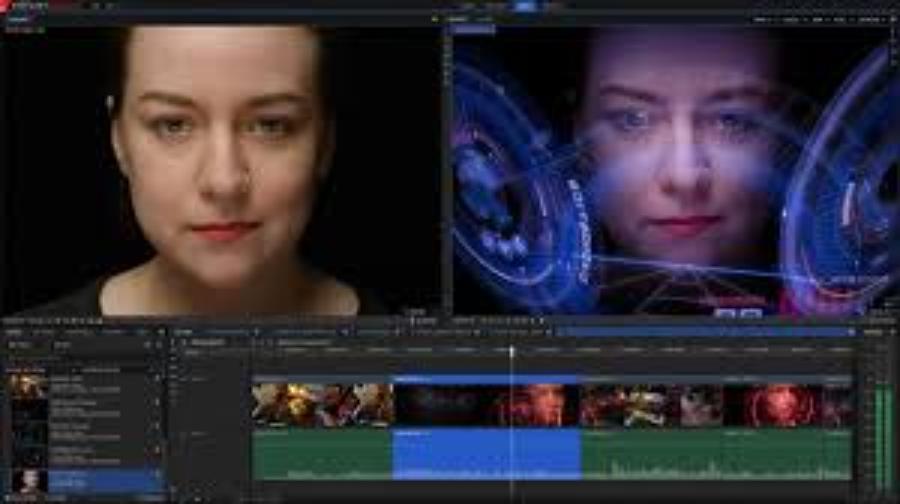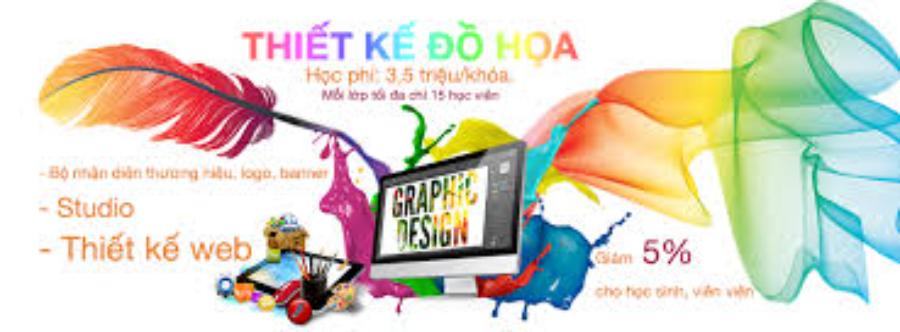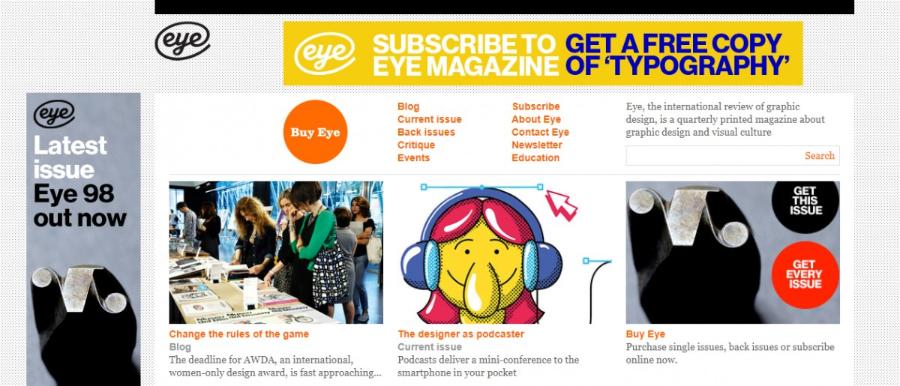Best Selling Products
Update Latest Standard Image Sizes On All Social Platforms 2025
Nội dung
- 1. Why Is Standard Image Size Important?
- 2. Standard Image Sizes Across Platforms in 2025
- 2.1. Facebook
- 2.2. Instagram
- 2.3. Twitter
- 2.4. LinkedIn
- 2.5. Pinterest
- 2.6. YouTube
- 3. How to Optimize Images for Platforms
- 3.1. Choose the Right Image Format
- 3.2. Reduce Image Size
- 3.3 Using Optimization Tools
- 3.4. Set File Name and Alt Tag
- 3.5. Check Before Posting
- 4. Conclusion
Updating standard image sizes on popular social networking platforms in 2025 helps you optimize images, improve communication effectiveness and interact with users.

In today's digital age, using high-quality and properly sized images on social media platforms is an important factor in attracting attention and interaction from users. In 2025, social media platforms continue to have new changes and requirements for image sizes. This article will provide you with the most updated information about standard image sizes on popular platforms such as Facebook, Instagram, Twitter, LinkedIn, and more.
1. Why Is Standard Image Size Important?
Using the right image size not only ensures that your images display properly, but also improves the quality of your content, enhances the user experience, and contributes to building a strong brand. Images that are not the right size can appear cropped, blurry, or unbalanced, affecting the professionalism and aesthetics of your personal or business page.
.jpg)
Standard image size plays an important role in ensuring display quality and effective message transmission. When using images with the right size, the image will be displayed clearly, without distortion or broken images, while optimizing page loading speed, especially on online platforms. In addition, standard image size also helps save storage resources and ensures aesthetics, creating a professional impression on viewers. Compliance with size standards also better supports search engine optimization (SEO), making content easily accessible to the target audience. Therefore, paying attention to image size is not only a technical factor but also an important strategy in design and digital marketing.
2. Standard Image Sizes Across Platforms in 2025
Here are the latest standard image sizes on some popular social media platforms that you need to master in 2025.
2.1. Facebook
Standard image sizes on social media platforms, especially Facebook, have always played an important role in ensuring display quality and message delivery effectiveness. By 2025, businesses and individuals will need to focus on updating the latest size specifications to optimize user experience.
On Facebook, image formats such as cover photos, profile photos, and post photos all have specific size requirements to ensure that images are not cropped or reduced in quality when displayed. Adhering to these standards not only makes content look more professional, but also contributes to improving engagement and building a sustainable brand image.
Profile photo: 180 x 180 px (displayed on mobile: 128 x 128 px).
Cover photo: 820 x 312 px (displayed on mobile devices: 640 x 360 px).
Photos shared on timeline: 1200 x 630 px.
Share link image: 1200 x 628 px.
Group photo: 1640 x 856 px.
.jpg)
Facebook offers a number of different sizes depending on what you want to use it for, so make sure your images are sharp and display correctly within these specifications.
2.2. Instagram
Instagram is a primarily image-centric platform, so choosing the right image size is crucial to ensuring that every photo is displayed perfectly. The standard Instagram image sizes in 2025 play an important role in optimizing the user experience and enhancing the effectiveness of content delivery. To ensure that your images appear clear and attractive, you should adhere to the recommended sizes.
Profile photo: 320 x 320 px.
Post image (square): 1080 x 1080 px.
Post image (portrait): 1080 x 1350 px.
Post image (landscape): 1080 x 566 px.
Story Photo: 1080 x 1920 px.
IGTV Cover Photo: 420 x 654 px.
Following these specifications will not only make your content look more professional, but will also increase your audience engagement on the platform. Instagram images should be high resolution and have a standard aspect ratio so they don’t become pixelated or blurry when users interact with them.
2.3. Twitter
Twitter's standard image sizes in 2025 play an important role in optimizing display and ensuring content is delivered effectively to users. Twitter requires images to be suitable for both desktop and mobile devices. Standard image sizes help images display clearly and are easily accessible to users.
.jpg)
Profile photo: 400 x 400 px, square format, to maintain best quality.
Cover photo: 1500 x 500 px, to ensure the image is clear and not cropped when displayed on different devices.
Image in post: 1200 x 675 px, with 16:9 aspect ratio.
If using animated GIFs, the maximum size is 5MB, while static images should not exceed 15MB. Adhering to these standards not only adds professionalism but also improves the user experience on this social media platform.
2.4. LinkedIn
The standard LinkedIn photo size in 2025 plays an important role in optimizing your personal and brand image on this professional social networking platform. LinkedIn, a professional platform for networking and recruiting, requires images to be highly polished and professional.
Profile photo: 400 x 400 px, in JPG or PNG format.
Cover photo: 1584 x 396 px, helps convey a clear message and make a strong impression on viewers.
Post sharing image: 1200 x 627 px to ensure content is displayed sharp and professional.
Company photo: 1128 x 191 px.
Standard image sizes help you easily create a strong impression and build trust with partners and potential customers. Adhering to these standards not only helps improve user experience but also contributes to effectively building personal or business brand image.
2.5. Pinterest
To ensure visual content is most effective, content creators and businesses need to adhere to recommended dimensions. Pinterest, where users share and discover ideas, requires images with a long, engaging aspect ratio to keep viewers engaged.
Profile photo: 165 x 165 px.
Cover photo: 800 x 450 px.
Shared image (recommended): 1000 x 1500 px.
Battery image: 1000 x 1500 px.
For other formats, pay attention to high resolution and aesthetics to ensure that images do not appear blurry or lose detail when displayed on different devices. Adhering to the correct image dimensions not only enhances professionalism but also contributes to reaching the target audience effectively on this platform. Images on Pinterest should be high resolution and easy to share so that users can save their favorite ideas.
2.6. YouTube
YouTube is the world's largest video platform, but channel art and videos still need to be optimized to ensure display quality.
Channel Profile Image: 800 x 800 px for sharpness. For video thumbnail (YouTube Thumbnail),
Channel cover photo: 2560 x 1440 px (safe area: 1546 x 423 px), ensuring good display on all devices from computers, phones to TVs.
Video thumbnails: 1280 x 720 px with a 16:9 aspect ratio, which helps capture viewers' attention and increase click-through rates. Adhering to these standards not only makes your content stand out, but also helps build a professional image for your YouTube channel.
Your profile picture and channel cover should ensure that your message is clearly conveyed at first glance.
3. How to Optimize Images for Platforms
To get the most out of your images when sharing them on social media, you need to consider not only their size, but also their quality, resolution, and page load speed. Here are some tips to help you optimize your images for different platforms:
.jpg)
3.1. Choose the Right Image Format
Social media platforms support image formats such as JPEG, PNG, and GIF. JPEG is suitable for high-resolution images that take up less space, while PNG is suitable for images with transparent backgrounds. GIF is mainly used for animations.
3.2. Reduce Image Size
Before uploading images to social media, you should reduce their file size so they load quickly without losing quality. Tools like TinyPNG or Squoosh will help you compress images while still maintaining sharpness.
3.3 Using Optimization Tools
There are many tools available today that support automatic or semi-automatic image optimization, such as:
- Photoshop: Allows customization of output quality and format.
- Canva: Easy to use with pre-designed templates.
- GIMP: Powerful free Photoshop alternative.
3.4. Set File Name and Alt Tag
To improve SEO, name your image files with relevant keywords (e.g. "toi-uu-hoa-hinh-anh.jpg"). Also, add alt tags that describe the image content to help search engines better understand it and help visually impaired users.
3.5. Check Before Posting
Before sharing, double-check your image to make sure it displays properly and isn't pixelated or blurry. You should also test it on a variety of devices to ensure compatibility.
4. Conclusion
Using the right image sizes on social media platforms not only helps you convey your message effectively, but also creates a professional impression and increases engagement. Stay up to date with the latest image sizes and incorporate them into your marketing strategy for best results. 2025 brings new opportunities, and optimizing your images is an important step to stand out in this competitive digital world.












































